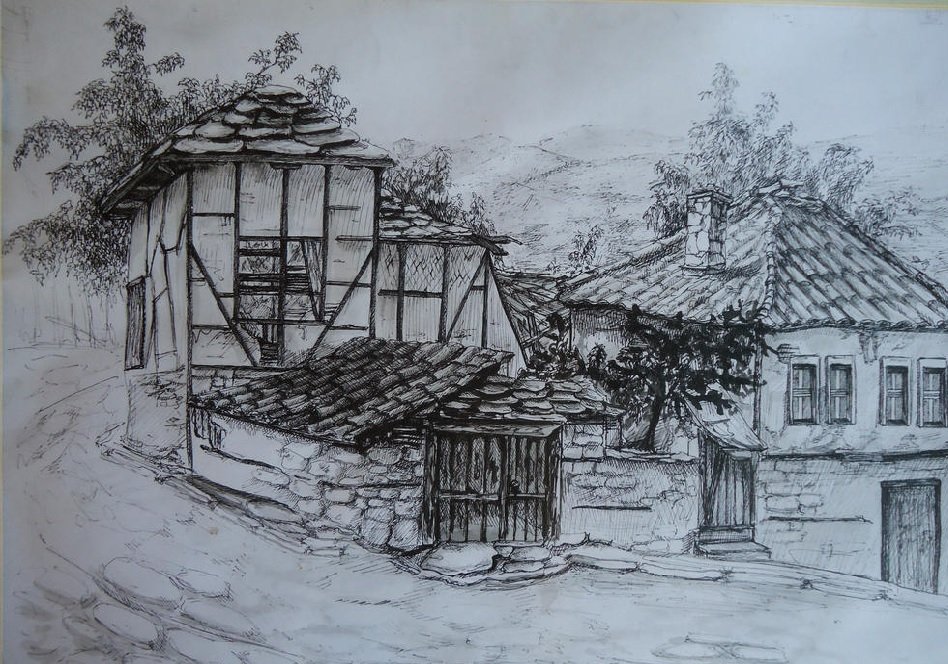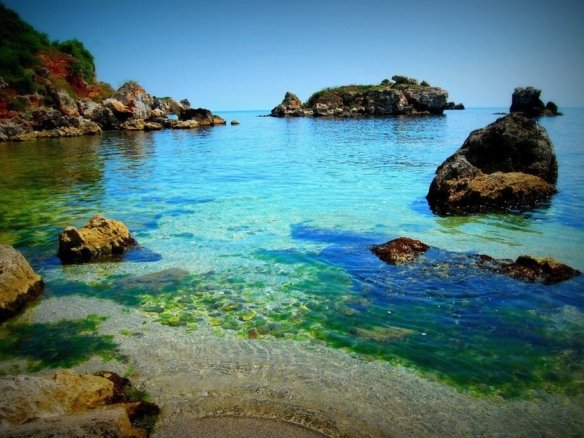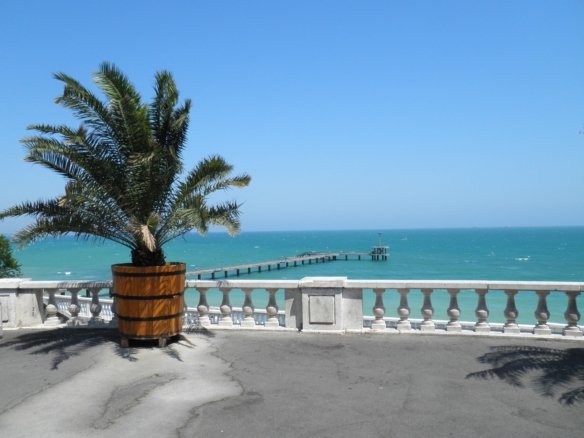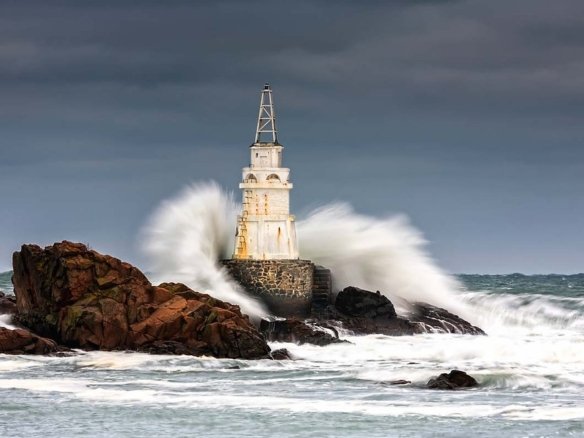1. The World’s Oldest Processed Gold – Varna Necropolis (4600 BC)
The Varna Chalcolithic Necropolis holds over 3,000 gold artifacts—older than the Egyptian pyramids. These treasures prove the existence of a highly advanced prehistoric civilization with social structure and trade systems.
2. The Thracians – Bulgaria’s Oldest Inhabitants
The Thracians lived on Bulgarian land long before the Greeks or Romans. They left behind stone sanctuaries, royal tombs, and exquisite gold treasures such as those of Panagyurishte, Rogozhen, and Vulchitrun.
3. The Madara Rider – A Unique Monument in Europe
Carved into a cliff in the 8th century during the reign of Khan Tervel, the Madara Rider is a UNESCO World Heritage Site and the only rock relief of its kind in Europe.
4. Pliska and Preslav – Ancient Capitals of Stone and Letters
Pliska, the first Bulgarian capital, had stone fortresses, baths, and water supply systems. Preslav was a cultural center where the Cyrillic script began to flourish.
5. Bulgaria Was Founded in 681 AD
Recognized by the Byzantine Empire, Bulgaria is one of Europe’s oldest states that has never changed its name since its founding.
6. Seuthopolis – The Sunken Thracian City
Now lying beneath the waters of the Koprinka Reservoir near Kazanlak, Seuthopolis was a planned city with paved streets, palaces, and public buildings, founded by Thracian King Seuthes III.
7. Orpheus – The Mythical Musician Was Thracian
Legend says Orpheus, the mystic poet and musician, was born in the Rhodope Mountains. His legacy lives on in Bulgarian music, which retains ancient rhythms and spiritual depth.
8. Perperikon – The Sacred City in the Rocks
An ancient sanctuary used by the Thracians, Greeks, and Romans. The Oracle of Dionysus here was said to have predicted the rise of Alexander the Great.
9. Kazanlak Tomb – A Masterpiece of Ancient Art
Dating from the 4th century BC, this UNESCO-listed tomb contains beautifully preserved murals and gives insight into Thracian beliefs about the afterlife.
10. Bulgaria – One of the Cradles of Winemaking
Thracians produced wine in clay vessels called pithoi. Even Homer praised Thracian wine for its strength—it had to be diluted with 20 parts water.
11. The Great Basilica of Pliska – The Largest in the Balkans (9th century)
Built after the Christianization of Bulgaria under Prince Boris I, it surpassed many Western cathedrals in size and grandeur.
12. Khan Tervel – The Savior of Europe
In 718 AD, Khan Tervel helped defend Constantinople against the Arab siege. He was honored with the title Caesar by the Byzantine Emperor and is recognized as a saint in the Bulgarian Orthodox Church.
13. Bulgaria Preserves the Oldest Known Slavic Manuscript
The Sinai Psalter from the 10th century is kept in a monastery on the Sinai Peninsula and is one of the earliest surviving examples of written Slavic language.
14. Thracian Sanctuaries Were Aligned with the Stars
Sites like Beglik Tash, Belintash, and Tatul reveal advanced astronomical knowledge and spiritual connection to celestial bodies—centuries before Greek or Roman science.





Join The Discussion